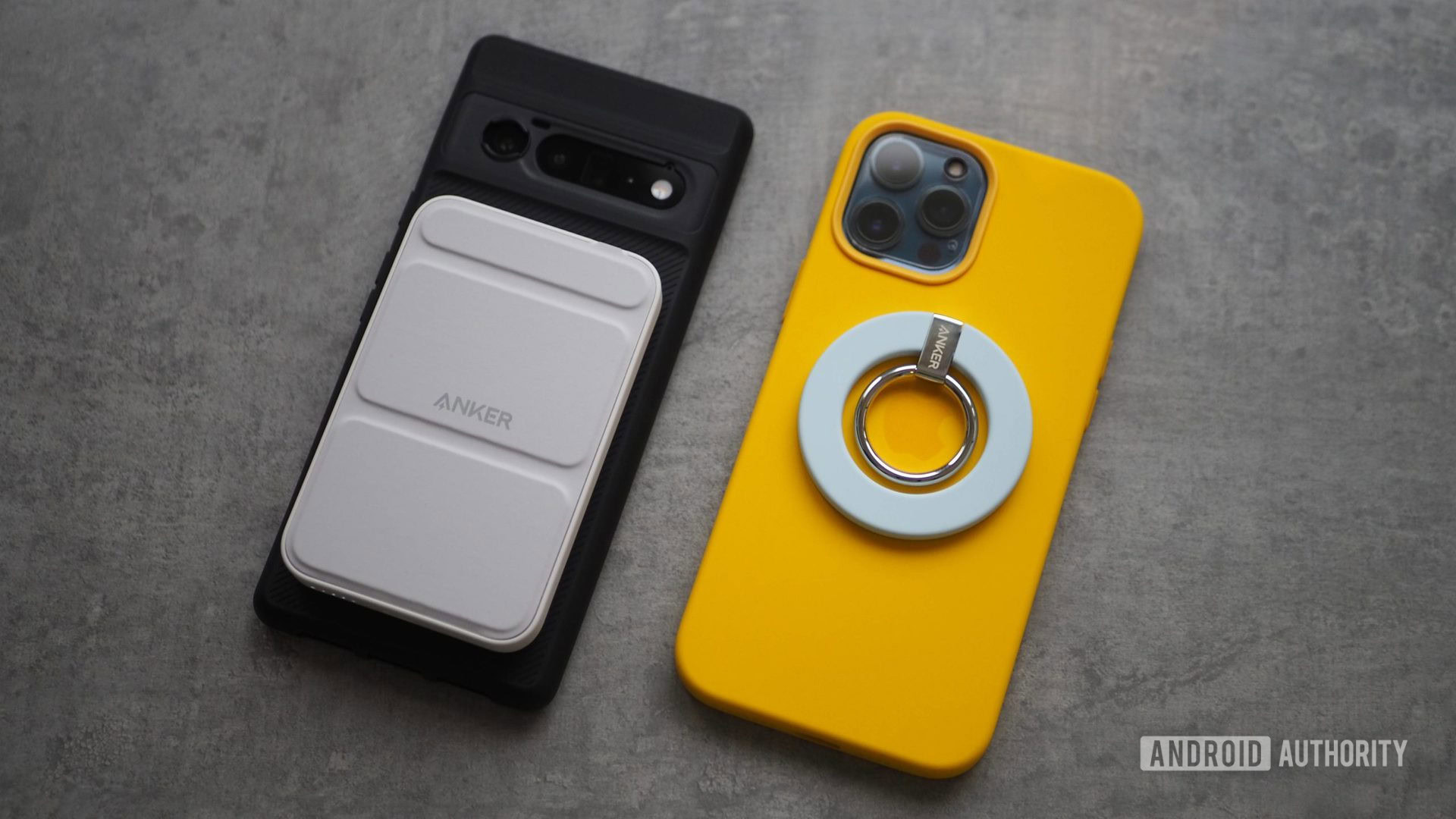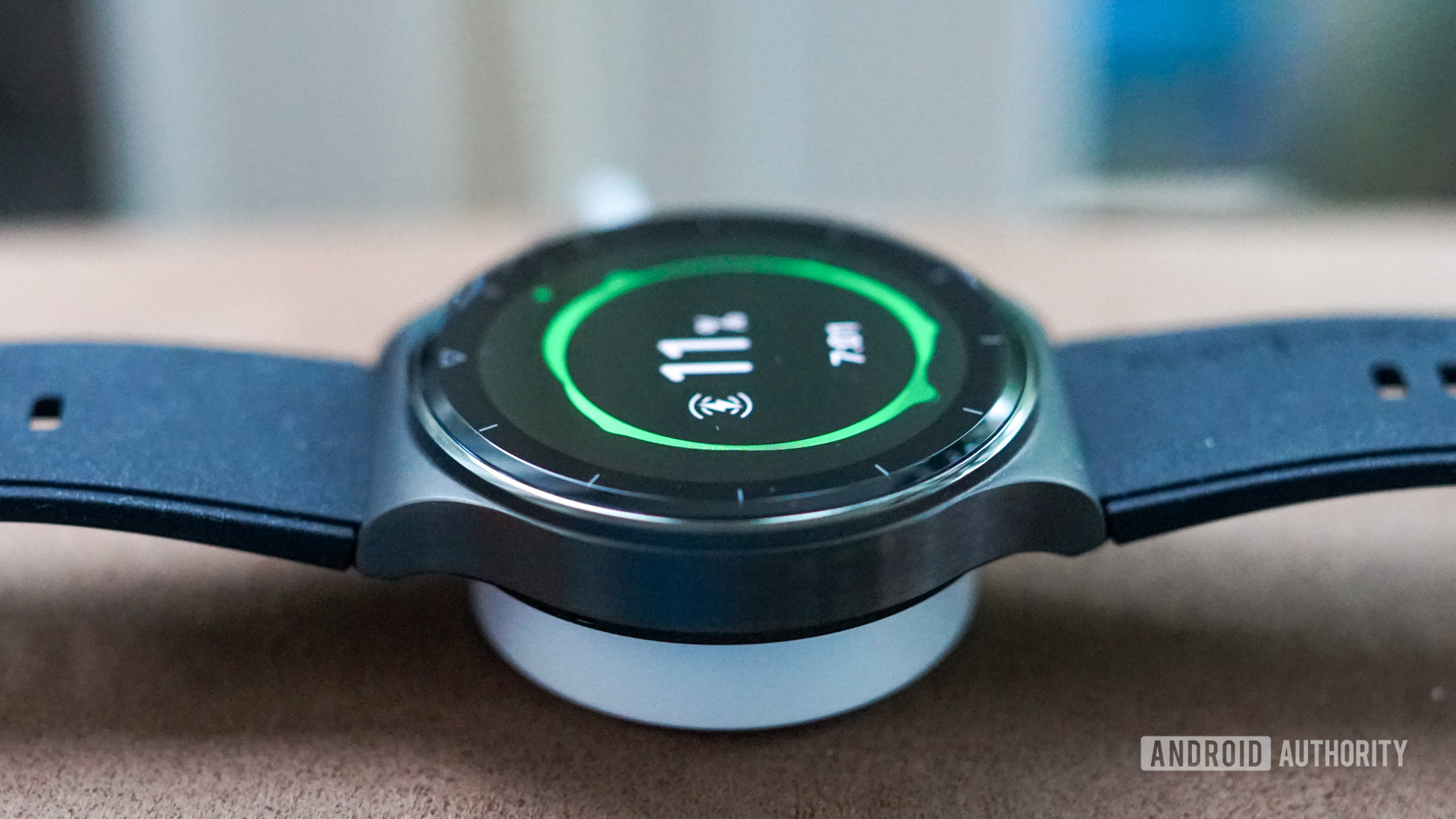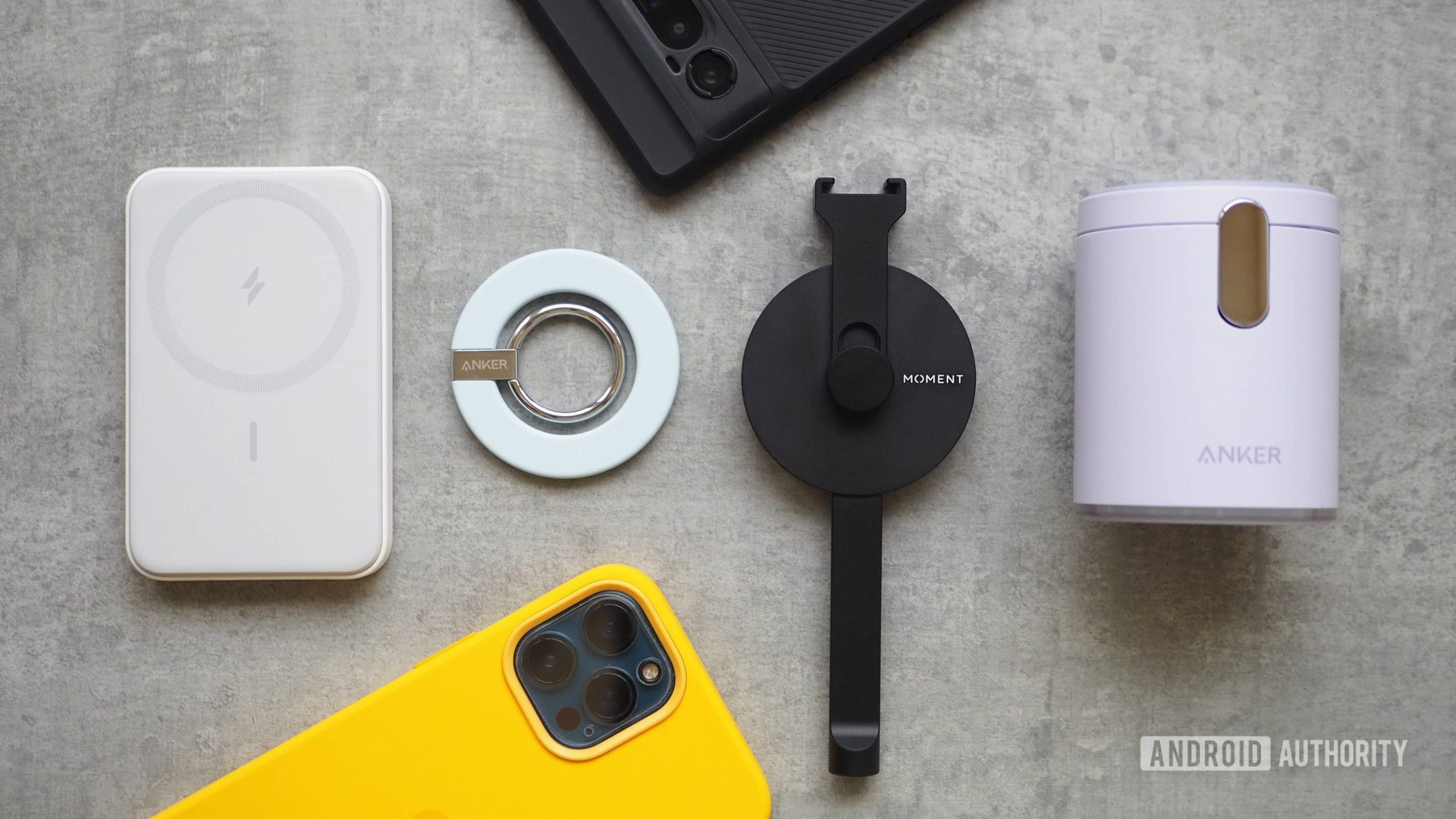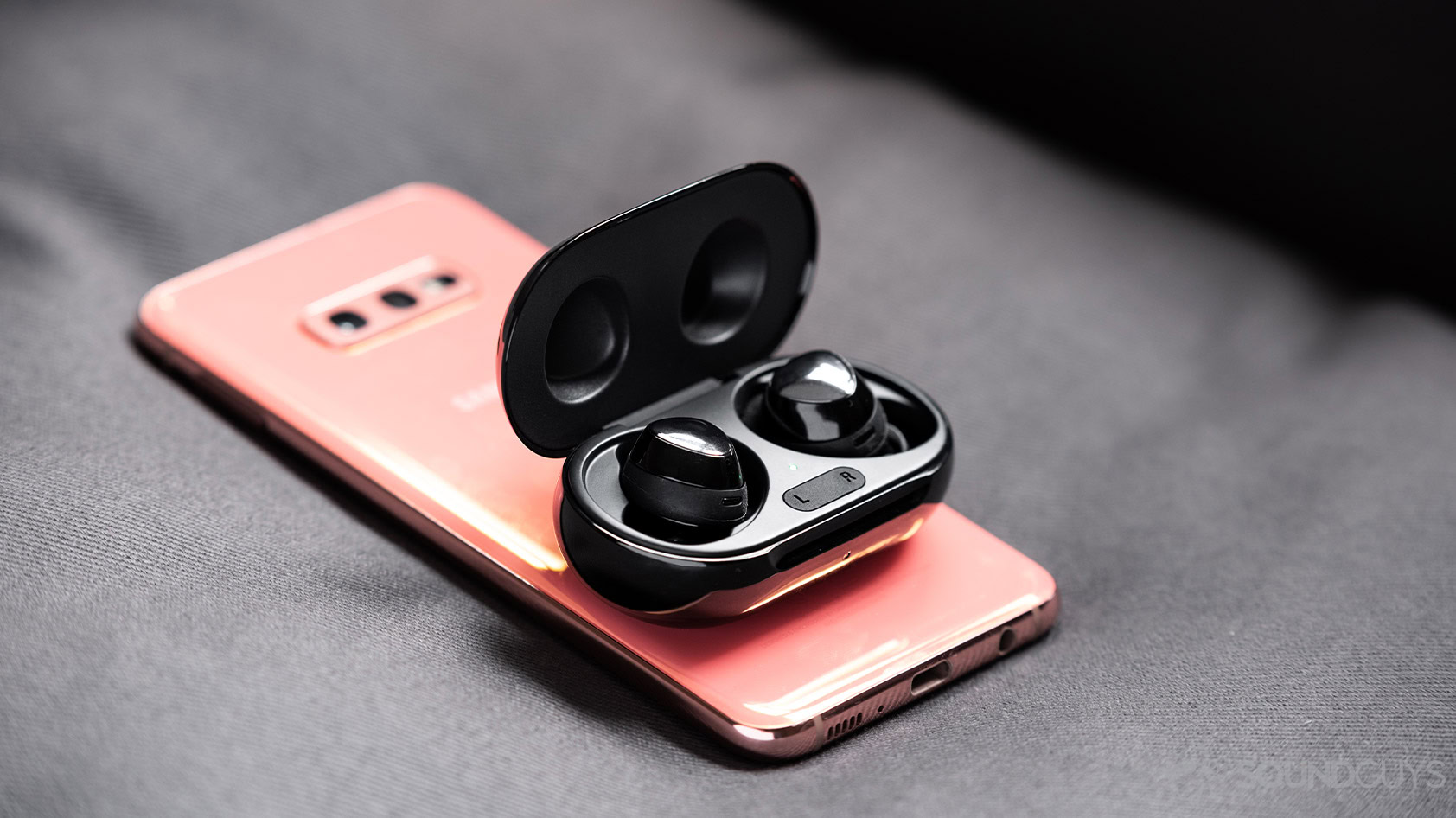Affiliate links on Android Authority may earn us a commission. Learn more.
Does Qi2 mean MagSafe is coming to Android?

Hot off the press from CES 2023, the Wireless Power Consortium (WPC) announced Qi2 — the successor to the popular Qi wireless charging standard. Not only does Qi2 (pronounced chee two) bring additional consumer clarity around device support, but it also introduces a new Magnetic Power Profile to align coils and help empower accessories.
If all that sounds familiar, it is. Apple’s Magsafe is a very similar idea. In fact, Apple is a “steering” member of the WPC and would have been a major contributor to this new specification, which is due to be finalized in mid-2023. So does this mean that Magsafe is coming to Android? Well, yes and no.
Solving interoperability with Magsafe for Android

In terms of what consumers can expect, Qi2 is essentially Magsafe for Android. In fact, it’s more like Magsafe for everyone. The idea is no longer limited to Apple’s ecosystem, enabling magnetic wireless charging and other accessories to snap to the back of your future smartphone and an assortment of other gadgets.
But aren’t there already Magsafe and magnetic accessories for a range of phones? Well, yes, but it’s a Wild West of adapters that don’t always play nicely with other products and certainly don’t guarantee the intended user experience, especially when it comes to wireless charging. Magsafe for Android, as it currently stands, certainly has its perks in terms of opening up a wide range of new cool features, ranging from camera tripods to small power bank attachments, and it’s much better than having 101 different ways to connect accessories to your phone. However, the lack of a unified standard outside of the Apple ecosystem is not ideal and is hurting interoperability.
Qi2 is essentially Magsafe for everyone, but there are a few differences.
Enter Qi2, which will standardize the magnetic attachment and help ensure compatibility across a wide range of products and even ecosystems. The WPC states that this standard specifically targets consumer confusion issues over Qi certification, ensuring that certified products are safe, efficient, and interoperable across brands. Apple and Samsung, and likely many others, are expected to launch Qi2-certified products either later in 2023 or in 2024. Convenience will be king, which is obviously good news for consumers. Hallelujah.
Although still primarily targeting phones, the new standard is also designed with accessories that aren’t chargeable using current flat surface-to-flat surface devices. That sounds like great news for wearables, for instance, and more oddly shaped devices like AR/VR headsets. After many years, USB-C has finally established a consensus around wired charging (except for Apple’s iPhone), allowing multiple gadgets to charge via a single shared connector interface. Qi2 aims to achieve the same in the wireless domain, and there’s no denying that a single wireless connector for phones, smartwatches, and other accessories would be hugely desirable. Not only from a convenience perspective but from e-waste, cost, and travel standpoints as well.
One wireless charger for everything is a win for convenience, travel, and e-waste.
On paper, WPC’s upcoming Qi2 sounds highly promising. But the real test will be in how quickly third parties move to adopt the new standard and whether the standard plays as nicely across brands as the WPC promises.
Yes, in the sense that Qi2 implements the same magnetic connector idea as Magsafe. However, Apple can also use Qi2 too, resulting in cross-compatible accessories.
Qi2 vs Apple Magsafe: Two sides of the same coin

Although based on Magsafe technology and sporting the same 15W power, Qi2 has a different magnet layout and is a separate standard from Apple’s Magsafe.
Although Apple has contributed some of its insight and technology to Qi2, this isn’t strictly a universal Magsafe standard. There remain some key differences, and Magsafe will remain its own thing for the time being.
Qi2 and Apple Magsafe don’t feature the exact same magnet pattern, so it seems unlikely that the new standard will support existing iPhone models and accessories. That’s a worry because Apple may not necessarily abandon its standard in the immediate future, either. There may be some lingering mess where magnetic accessories still don’t play nicely together, unless it turns out that the two are somehow cross-compatible.
Qi2 isn't strictly a universal Magsafe standard. There are some key differences.
In the draft specification, Qi2 device transmitters also have to handshake for authentication, meaning that uncertified products won’t work. While that clamps down on the current disorganized state of affairs, it could also lead to further consumer confusion about which accessories will work correctly with their smartphone and wearables. For instance, will that unofficial Magsafe product for your current phone work with a new Qi2 smartphone? That remains to be seen but seems doubtful.
Read more: Change my mind — Magsafe is awesome
While Qi2’s aims are noble, it’s not necessarily the cure-all we’d hoped for. Simply replacing one standard with another can create new headaches, especially where there’s no backward compatibility.
Magsafe is compatible with Qi, but at just 7.5W of power. It’s unknown if Magsafe will work with Qi2.
What’s the difference between Qi vs Qi2?

So what’s new with Qi2 versus the original Qi standard from 2015?
As we’ve covered, the main difference is the introduction of the new Magnetic Power Profile. Specifically, the new profile ensures that phones or other rechargeable battery-powered products are aligned perfectly with charging devices. Qi2 also includes the same safety-oriented foreign object detection feature as its predecessor.
Secondly, Qi2 will enable faster wireless charging for some devices. Interestingly, Qi2 still provides the same maximum power level as its predecessor, which currently caps out at 15W. However, many current Qi-capable handsets, including Apple’s iPhone, are limited to just 7.5W of power. This will likely improve with Qi2, as the standard is designed with magnetic coil coupling in mind, improving energy efficiency and reducing power loss over the air.
Both Qi and Qi2 are capped at 15W, but improved coil alignment may improve charging speed.
In the longer term, the WPC will move to a more powerful wireless charging specification once Qi2 is complete in mid-2023. Though the WPC hasn’t specified exactly how much power future versions of Qi2 will deliver. Either way, this improvement will form the basis for the next version of Qi2, but that revision won’t appear until 2024 at the earliest.
Qi2 introduces a new Magnetic Power Profile to align charging devices. Otherwise, both sport the same 15W wireless charging power.
When can I buy a Qi2 device?
Since this is a new announcement, brands haven’t yet announced their first Qi2 products and accessories.
According to the WPC, Qi2-certified smartphones and chargers are expected to be available in time for the 2023 holiday season. Major smartphone brands, including Apple, Samsung, and others, are expected to embrace the standard.